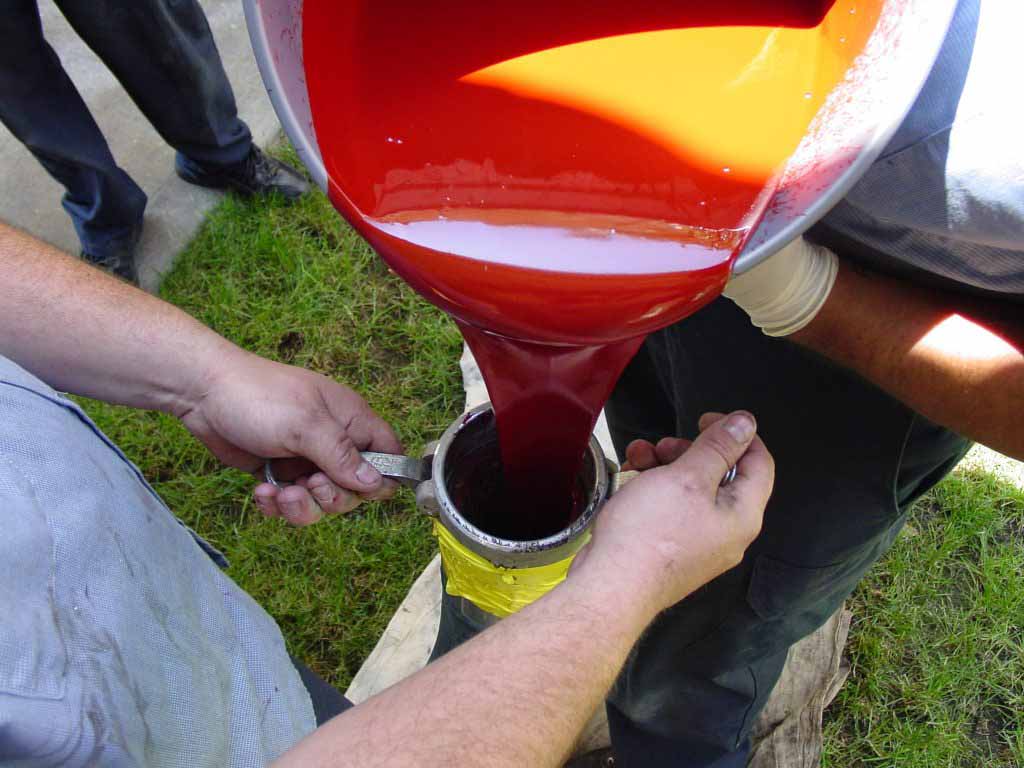Why Trenchless Repairs Are Eco-Friendly

As a commercial property owner, you may look for ways to minimize your environmental impact while maintaining your building. If you are dealing with damaged pipes, Nu Flow South Pacific has the perfect solution—trenchless repairs.
Trenchless pipe lining is a pipe restoration method which doesn’t need major excavation. This technique has gained popularity not only for its time and cost efficiency but eco-friendliness as well. Here are reasons it’s good for the environment:
No Byproducts
Our team doesn’t need to remove the damaged pipe during trenchless pipe restoration. Instead, we insert an epoxy-filled liner into it, which cures and hardens to mask all the flaws, including gaps, cracks, and misalignments. This means trenchless pipe repair in Waimea, HI, doesn’t send byproducts to the landfill.
In addition, we don’t need to dig and expose the pipes during inspection. Instead, we use a specialized camera to examine your pipeline. This ensures the surroundings remain undisturbed.
Safer Than Traditional Methods
Since we don’t need to dig trenches, there is minimal chance of getting exposed to dangerous waste and chemicals. Furthermore, this approach to drain pipe repair doesn’t erode the soil, protecting the nearby flora and fauna.
Zero Emissions
The pipe liners and special coatings we use for trenchless pipe rehabilitation don’t generate carbon emissions during the manufacturing process. There is no risk of harmful chemicals seeping into the surroundings or escaping into the air.
Besides being environmentally friendly, trenchless repairs offer several benefits that outweigh traditional techniques. For one, we can finish them in a day, which means it won’t cause major disruptions to your day-to-day operations. It also delivers results that last up to 50 years, saving you time and money.
Whether you need preemptive or emergency pipe repair, Nu Flow South Pacific has you covered. Contact us today to learn more about our services or to schedule an appointment.
Contact Nu Flow South Pacific
